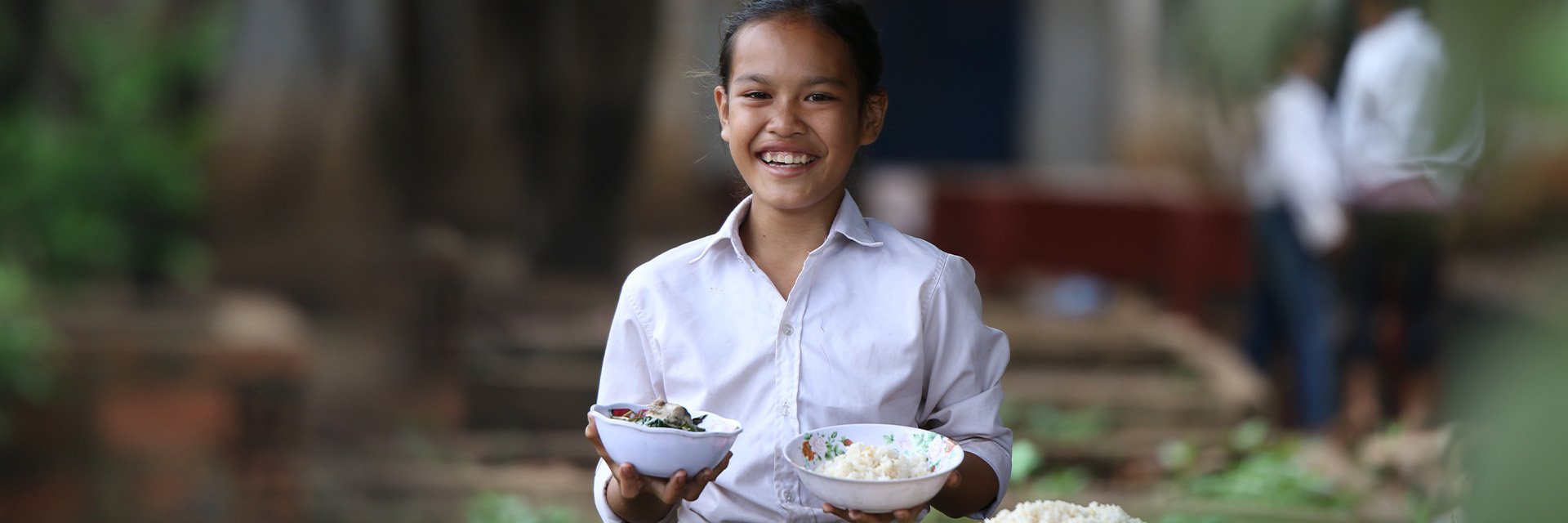Bangladesh
Even as the national economy grows at an impressive rate, many children in Bangladesh are being left behind. The rates of children with stunted growth are still considered very high and wasting is a growing concern. Most affected are children living in poverty, with 57 per cent found to be stunted, wasted or underweight. These conditions can affect a child’s life-long ability to develop and learn. Also critical is gender equality, with women’s wages as low as a dollar a day and 63 per cent of adolescent girls in early marriages.





